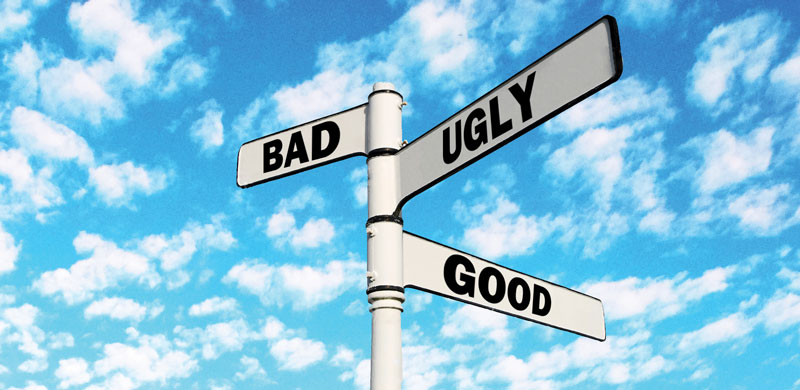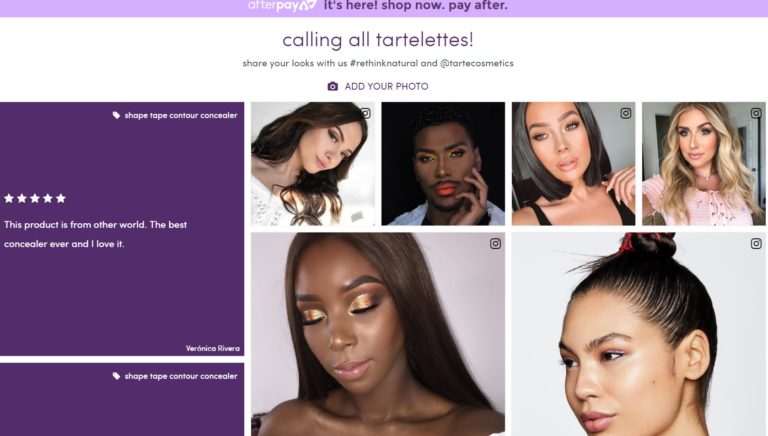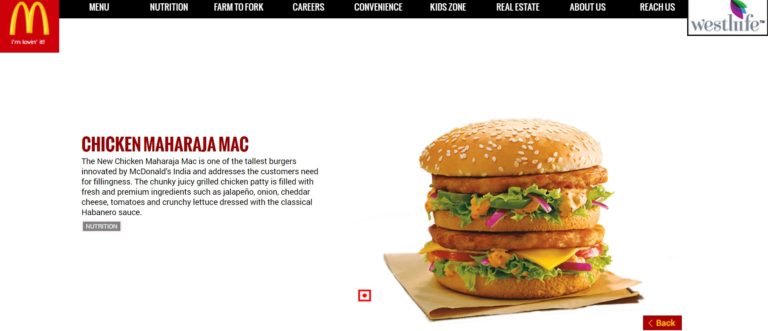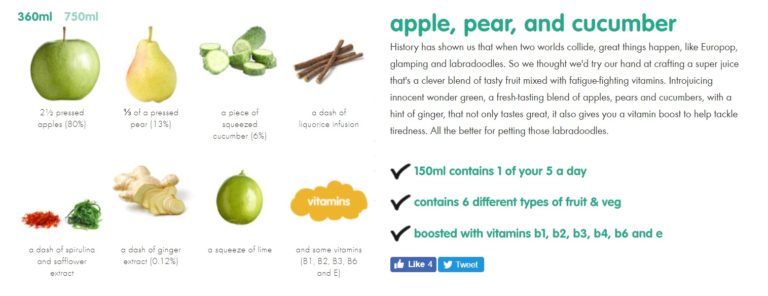
Every successful brand on the planet is built upon great marketing. But huge marketing budgets aren’t the defining criteria for success. Thinking creatively , adapting to industry trends, taking smart risks, and creating emotional connections with customers are all vital ingredients that need to be considered.
NB: This is an article from Travel Tripper
In the following article, we’ve looked at five global brands that nail their marketing, and identified a key lesson from each that all hotels can apply.
1. Sell a lifestyle
Case study: Apple
The world’s biggest brands often showcase their products or services by associating them with a desirable lifestyle. Take Apple. The company has built its success on great products, but what really shines through in its marketing is the feeling of owning an Apple product.
Take a look at the advert for Apple’s latest iPad:
We see a hip graphic designer at home, commuting around town, chatting to colleagues, and hopping on a flight — all while effortlessly working on his iPad without breaking stride. The product’s portability and user experience are made apparent through the lens of an aspirational, on-the-go lifestyle.
By focusing on lifestyle ahead of function, Apple has built a devoted following of brand advocates who will happily queue overnight and spend top dollar, just to be one of the first to own the latest Apple product.
Takeaway for hotels:
Think beyond prices and promotions. Market your hotel and destination in a way that creates desire. At the start of the travel journey, most people are looking for inspiration and tips about the destination they’re intending to visit. Selling experiences is the key to engaging these customers and tapping into their emotional reasons for travel.
On your hotel website, include helpful guides that showcase your neighborhood highlights. And use quality images and video to bring this content to life. Your hotel blog is another great resource to inspire potential guests with posts about all the unique experiences they can enjoy during their stay with you.
2. Create a community
Case study: LEGO
Many of the world’s biggest brands ask their customers to contribute ideas to improve their products and services. For instance, LEGO has its LEGO Ideas program. The premise is simple: users can share ideas for new LEGO products by submitting a written description of their idea and a sample LEGO model that demonstrates their concept.
If a design is supported by 10,000 different users, it becomes eligible for review as a potential new product. If that idea is then developed into a product that goes to market, the original designer receives 1% of the product sales.
In this way, LEGO Ideas helps the company generate new products, and it allows customers to feel part of a community where they’re welcomed as collaborators.
Takeaway for hotels:
Reach out to your guests at every opportunity to make them part of a community. If you’re creating a new loyalty program, ask them which perks and extras they’d like most. Not only will your guests feel like you value their input, they’ll have a feeling of investment in your loyalty program that will help to drive engagement.
There are plenty of other ways to create stronger bonds with your guests. Send surveys to gain feedback on any social events or on-property experiences that you’re considering. Ask guests for input if you’re adding new dishes to your restaurant menu. Or get them to vote on design ideas if you’re upgrading your rooms or social spaces.
To create a community feel to your hotel, make your guests feel like you genuinely value their feedback and seek their input whenever possible.
3. Get creative with loyalty
Case study: Tarte
In an age when customer expectations are higher than ever, brands need to find new and exciting ways to engage customers with their loyalty programs.
Cosmetics retailer Tarte achieves this by making the act of loyalty feel fun and spontaneous. For instance, customers can earn points and rise through three different loyalty tiers (secret admirer, sweet tarte, and soulmate) through simple games and social interaction. This includes posting selfies with Tarte products, completing a beauty profile, writing product reviews, taking quizzes, and posting makeup video tutorials.

Tarte drives loyalty among its image-conscious customers by rewarding behavior related to showing off a glamorous new look. As a result, Tarte also increases its exposure through brand advocates, which in turn helps to grow its existing customer base.
Takeaway for hotels:
Follow the example of Tarte and implement an engagement-based loyalty program. Instead of offering incentives for booking rooms and making purchases, reward your guests for sharing social content about your brand. Just remember to make it fun.
Create unique hashtags on Instagram and Twitter, and offer rewards to guests who share user-generated content while exploring your property or destination. Put up selfie signs around your hotel to let guests know where to get the best snaps of themselves.
Instead of asking guests to spend more, think about rewarding loyalty by encouraging social sharing and user-generated content. The easier and more enjoyable you can make things, the better.
4. Be ready to adapt
Case study: McDonald’s
The first McDonald’s restaurant opened in 1948 and sold hamburgers for 15 cents, with only 9 items on the menu. Over seventy years later, the global empire we know today has constantly evolved to battle new competitors and match changing consumer tastes. In recent years, McDonald’s has created healthier menus and pledged that all its packaging will come from sustainable sources by 2025.
But the big secret behind the company’s global popularity is its ability to adapt to regional tastes. Familiar sounding menu options are given a unique local twist in countries around the world, such as the “McKroket” in the Netherlands, the “McFalafel” in Egypt, and the “Maharaja Mac” in India.

However, McDonald’s retains its unique identity through familiar restaurant design, service, branding, and iconic food options, such as the Big Mac. This means that on every continent, the McDonald’s experience remains consistent and recognizable.
Takeaway for hotels:
McDonald’s maintains its core identity while making subtle changes to meet the preferences of its global customer base. This tale of success translates easily to the travel industry. For any hotel, it’s imperative to adapt to the unique needs and tastes of your customers.
Is your hotel marketing and on-property experience tailored to international guests? Are you ready to meet the new expectations of the upcoming Gen Z traveler? To win more business, you have to adjust your approach to match the unique preferences of different audiences. But remember, it’s essential to remain true to your core identity. Just like McDonald’s, your brand image should retain a consistent and familiar feel, no matter where or who you’re marketing to.
5. Focus on being unique
Case study: Innocent
Being able to differentiate from the competition underlies the success of all great brands. To earn attention and build a loyal following in a crowded marketplace, creating a point of difference often comes down to clever marketing.
This is something that the UK smoothie company Innocent does brilliantly. Innocent stands out with a wonderfully playful and chatty tone of voice, which is consistently reinforced through its advertising, packaging, and social channels.
On the Innocent website, customers can get in contact by calling “the bananaphone”. There’s also a section called “Bored?” that features photos, pencil drawings, and links to quirky videos.
Innocent also lets customers know exactly what goes into every bottle in its breezy, off-the-cuff style:

The company also takes a creative approach to marketing. In additional to experiential events and launching its own book range, Innocent hosts an annual charity event called the “Big Knit”, which involves people knitting little woolly hats and putting them on Innocent smoothie bottles, with 25p from each bottle sale going to charity.
Takeaway for hotels:
Create a distinct point of difference from your competition. As outlined above, this can be achieved by crafting a unique tone of voice. But you can differentiate in other ways too.
Hire a professional photographer to create attention-grabbing images of your property. Turn your blog into a go-to travel resource for your destination by posting inspiring and original content. And make yourself stand out from the OTAs by hosting unique local experiences.
Just like Innocent has done, take joy in being different from everyone else. Look at your competition and find ways to create a brand identity that makes you stand out and instantly recognizable.
Marketing lessons from global brands
Whether your hotel is marketing on a local, national, or global scale, you can engage more guests by applying the lessons from the five brands outlined above. Much more than huge financial clout, the success of each brand comes down to applying a few fundamental lessons of great marketing, and these can be applied whatever your budget.




